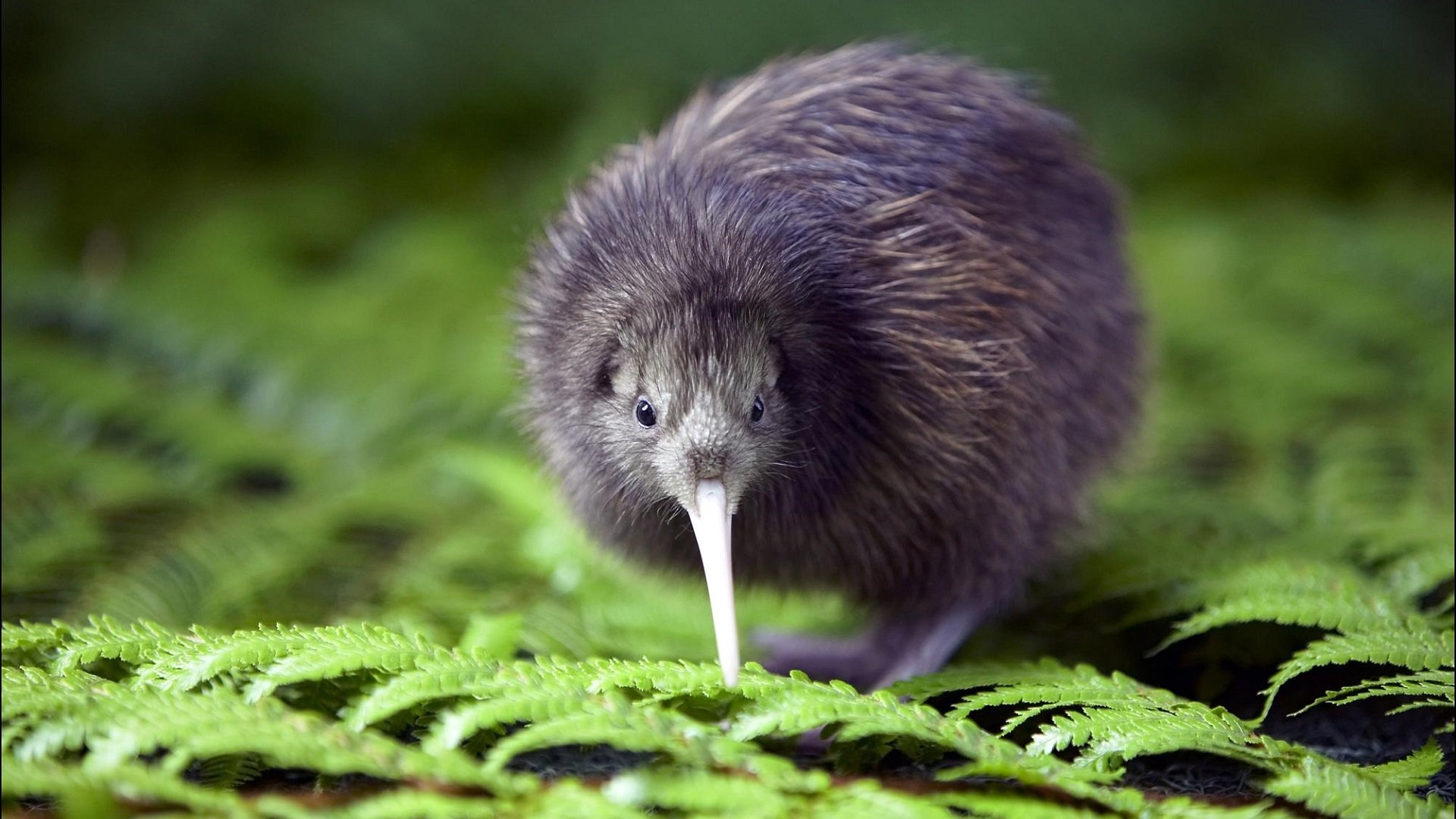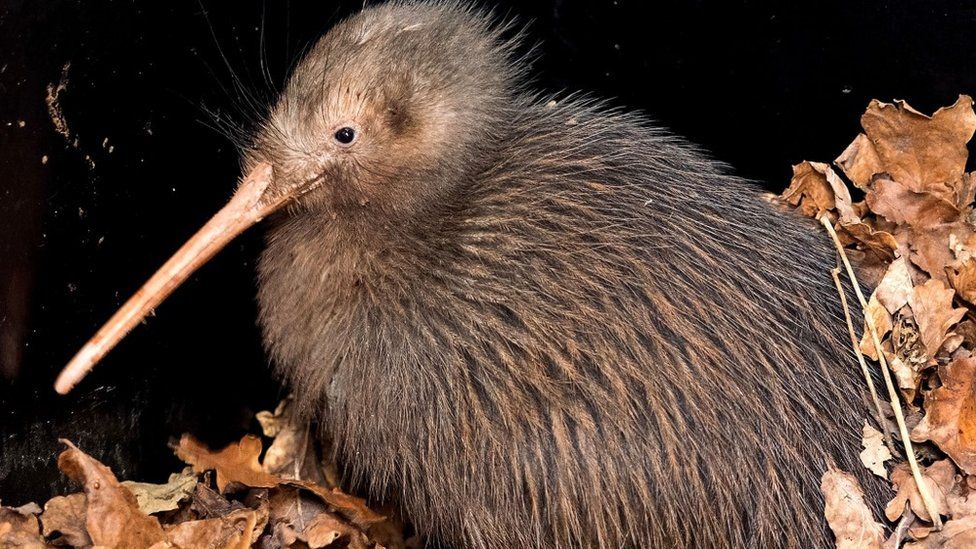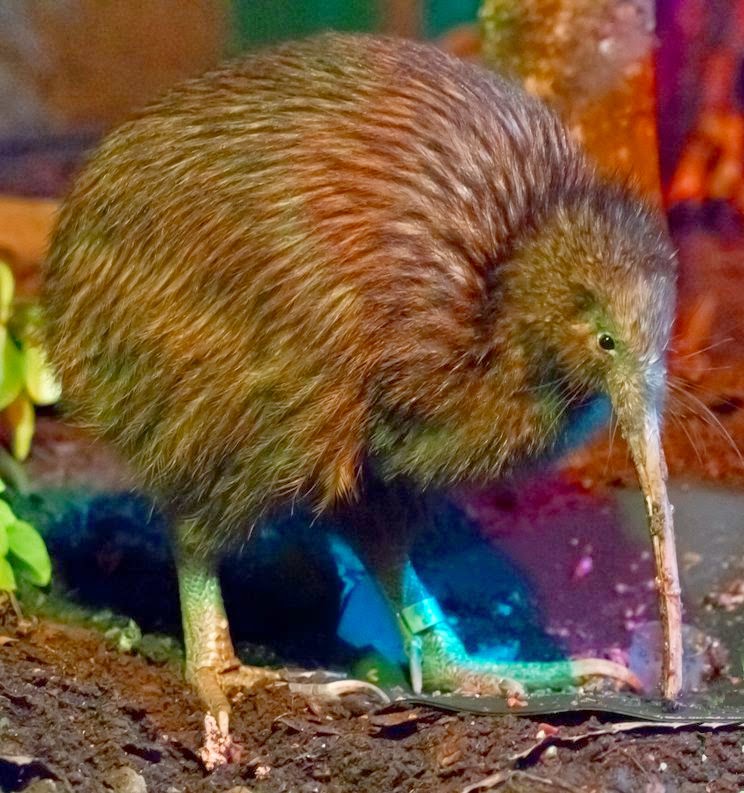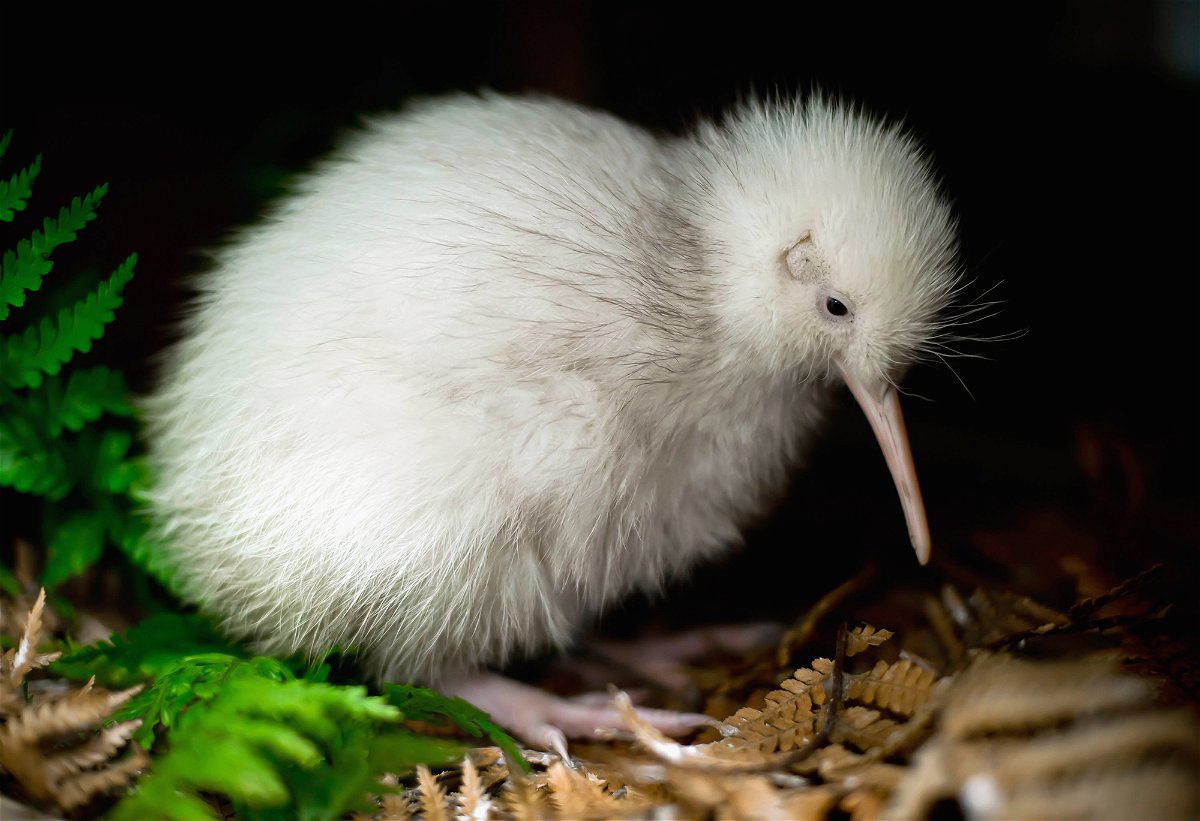
Little Spotted Kiwi (Apteryx owenii) Малый серый киви ? Baby kiwi, Kiwi bird, Flightless bird
Facts About Kiwis References By Alina Bradford published 9 February 2017 The little spotted kiwi is the smallest species of kiwi. (Image credit: John Camemolla/Shutterstock ) Kiwis are.

Southern Brown Kiwi (Apteryx australis) Южный киви Animals And Pets, Cute Animals, Kakapo, Kiwi
Kiwi will then put in a lot of energy to incubate their eggs, which can take 80 days to hatch, which is twice as long as the typical bird gestation period. 7. They have the largest eggs in proportion to body size. Kiwi lay eggs about 6 times the size of an average chicken egg.

Save the Baby Kiwi Birds! • • Earthpedia
Do kiwi birds have wings? Here's the big reveal: they don't! Kiwi birds don't have wings! At least, not like other birds. Kiwi birds are flightless, which means they can't fly at all. Their small "wings" are used mostly for balance while running and cannot sustain lift for flying. Also, kiwi birds have very small feathers compared to other birds.

How the kiwi lost its wings. YouTube
Sadly, the answer is no. Kiwi birds cannot fly because their wings are too small and weak to support their body weight and allow them to take off and stay in the air. According to scientists, the ancestors of kiwi birds could fly but over the years, they lost this ability because it was not necessary for their survival.

New Zealand’s iconic kiwi birds may be losing their sight Kiwi bird, Kiwi (animal), Animals
Description Clockwise from left: brown kiwi ( Apteryx australis ), little spotted kiwi ( Apteryx owenii) and great spotted kiwi ( Apteryx haastii) at Auckland War Memorial Museum 1860s drawing of Apteryx, illustrating its distinctive features, including long beak, short legs and claws, and dark hair-like feathers.

Kiwi Image ID 304689 Image Abyss
A kiwi sleeps standing up. Like many birds, it often turns its head back against its body and tucks it under its wing. However, unlike other birds that have big wings and small beaks, this posture can make the kiwi look slightly ridiculous. Its 20-centimetre beak does not easily tuck under the tiny crooked stump of its vestigial wing!

10 Fun Facts About Kiwi Birdies.
So, three kiwi species became five—and even that figure didn't capture how diverse these iconic birds truly are. Baker passed away two years ago, but his colleague Jason Weir continued his work.

Paignton Zoo displays Manu, the 'UK's only' kiwi bird BBC News
The short answer is: Yes, they do! But there's more to the story we should learn. Kiwi birds do have wings, but they are tiny. So small, they are often hidden by the Kiwi's fluffy feathers. Why Don't Kiwi Birds Fly? Kiwi birds have wings too small to lift their bodies. They have become flightless over time. They found all they needed on the ground.

10 Fact About Kiwis
Kiwis are unusual in many respects: the vestigial wings are hidden within the plumage; the nostrils are at the tip (rather than the base) of the long, flexible bill; the feathers, which have no aftershafts, are soft and hairlike; the legs are stout and muscular; and each of the four toes has a large claw.

Kiwi Release Story Saving Smaug the Kiwi Bird NZ Pocket Guide
The kiwi has no tail but does have very strong, muscular legs, which make up about a third of the bird's total body weight, that are used for running and fighting. Four toes (other ratites have only two or three) on each thick foot allow the flightless bird to pad silently through the forest in search of food.

kiwi feathers Buscar con Google Kiwi bird, Kiwi, Bird illustration
Kiwis belong to the ratite group of flightless birds, which includes ostriches, emus, cassowaries, and rheas. Unlike most birds, who possess large, powerful wings used for flight, kiwis have evolved smaller, non-functional wings that are hidden beneath their feathers.

KIWI BIRD photos wallpapers the fun bank
Kiwis are flightless birds, meaning they are unable to fly like other avian species. Instead, they have adapted to a life on the ground, making them one of the most distinctive and fascinating birds in the world. Evolutionary Background The kiwi bird is native to New Zealand, and its flightlessness can be traced back to its evolutionary history.

Hewan Kiwi Fermin Begeman
Come - read the story, written by Alwyn Owen in 1963 and shared here by the Polynesian Cultural Center, of how the sacrifice of this humble kiwi bird saved the forests of Aotearoa, which has become a favorite among children across New Zealand.

Manukura, the only white kiwi bird ever born in captivity, dies in New Zealand after surgery KRDO
Order Struthioniformes Family Apterygidae Genus Apteryx Read our Complete Guide to Classification of Animals. Kiwi Conservation Status Near Threatened Kiwi Locations Oceania Kiwi Facts Main Prey Worms, Spiders, Insects, Fruit Fun Fact The kiwi has a finely developed sense of smell, which is rare in birds Distinctive Feature

kiwi the bird Image kiwi, Bird, Birds
If you're short on time, here's a quick answer to your question: Yes, kiwi birds do have small stubby wings, despite being flightless. Their wings are vestiges of their evolutionary past as flying birds. In this in-depth article, we'll uncover the secrets of kiwi wings.

Kiwi bird genome sequenced The kiwi, national symbol of New Zealand, gives insights into the
Condors are the largest flying birds in the Western Hemisphere with a huge wingspan (second only to the albatross) - so apart from an incredible sense of smell, condors and kiwi really don't have a lot else in common. Image credit: Dean Wright Kiwi don't have much of a wingspan at all. But they do have wings - vestigial ones.